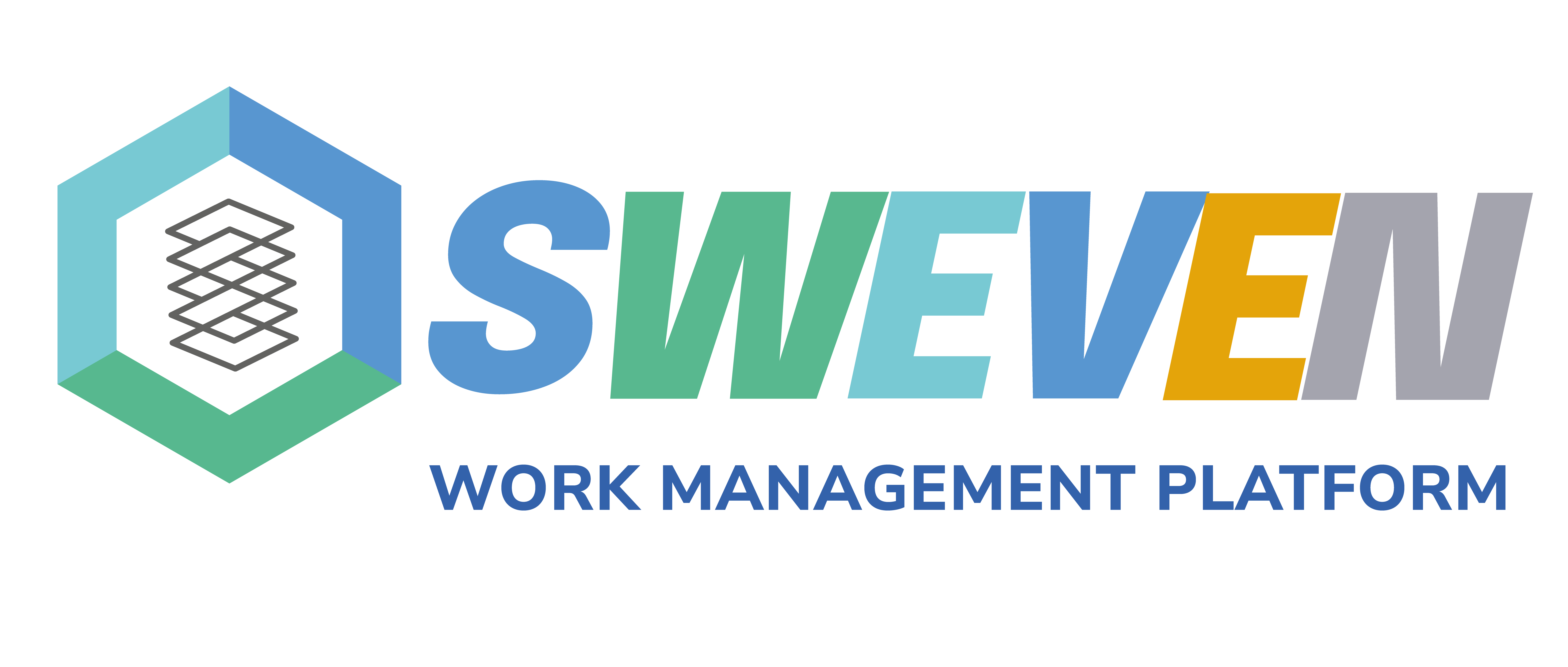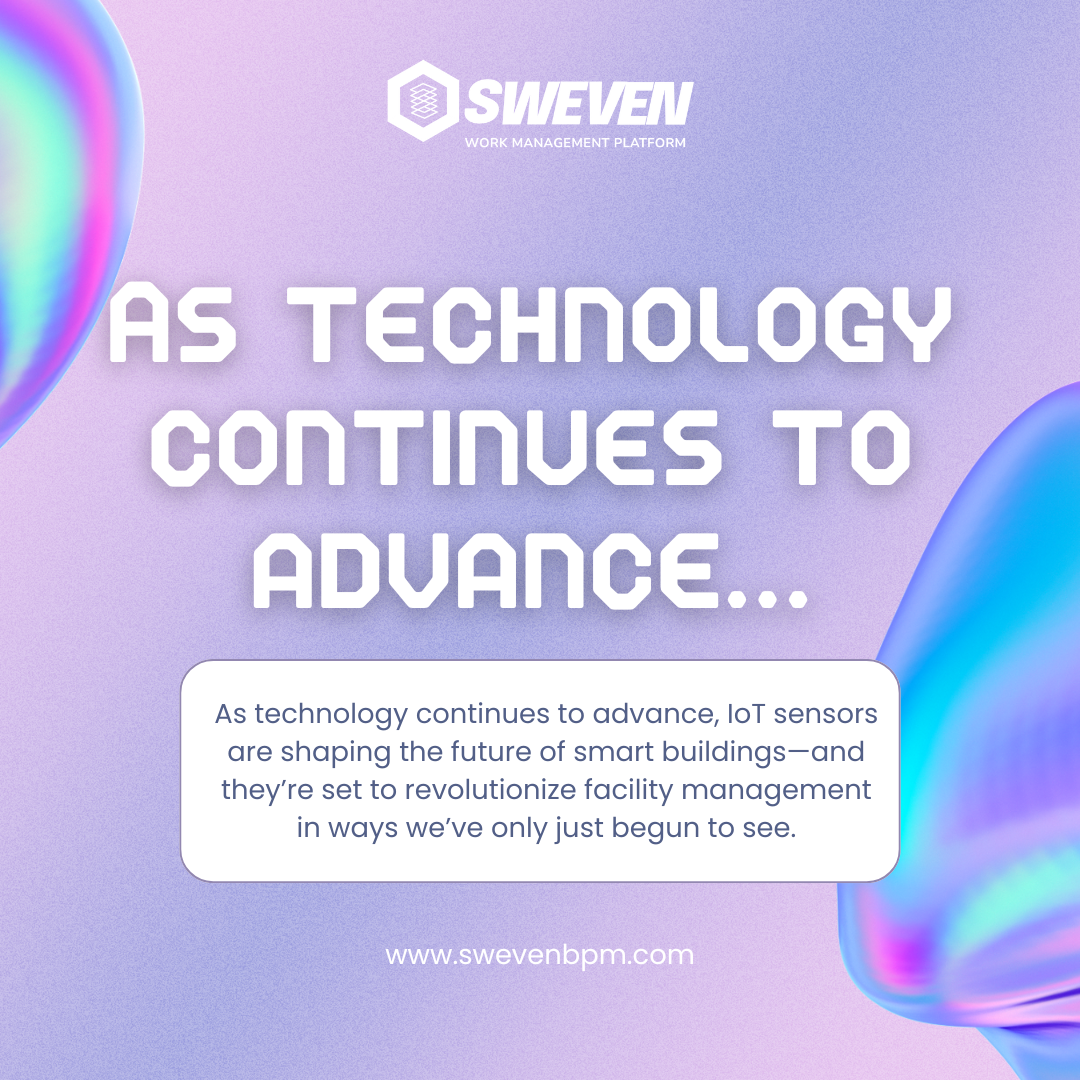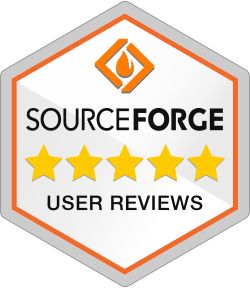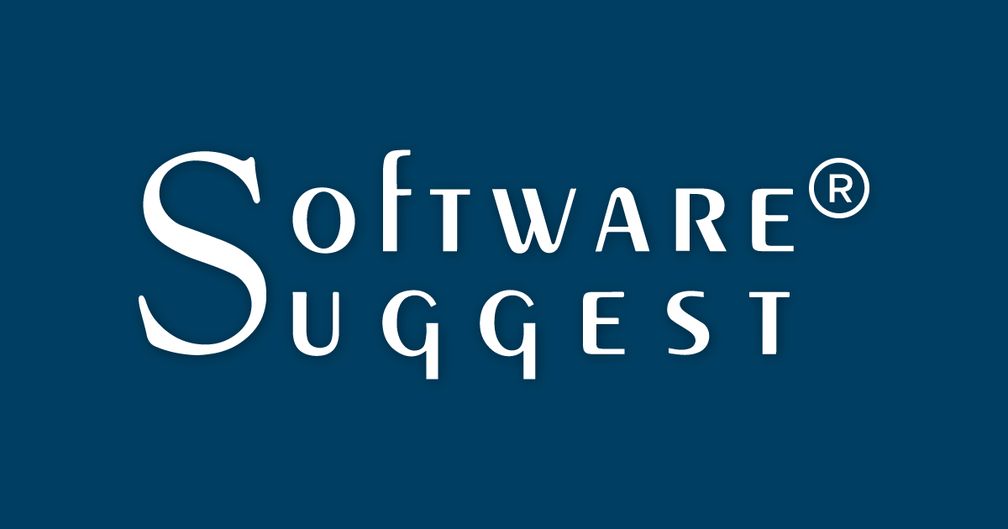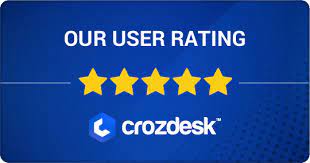
Introduction
Vendor management is a critical aspect of business operations that involves managing relationships, contracts, performance, and risks associated with third-party suppliers. However, many organizations struggle with poor vendor management, leading to inefficiencies, increased costs, and potential risks. This article explores the challenges of poor vendor management and presents centralized vendor management systems as an effective solution to streamline and optimize vendor-related processes.
The Problem: Poor Vendor Management
Poor vendor management can manifest in various ways, impacting an organization’s operational efficiency and profitability:
1. Disorganized Vendor Information: Without a centralized system, vendor information is often scattered across multiple departments and systems, making it difficult to access and manage.
2. Inconsistent Performance Tracking: Lack of standardized performance metrics and regular evaluations can result in inconsistent vendor performance and missed opportunities for improvement.
3. Inefficient Contract Management: Managing contracts manually or through disparate systems can lead to missed deadlines, non-compliance, and unfavorable terms.
4. Risk Exposure: Without proper monitoring and risk assessment, businesses may be exposed to vendor-related risks, such as supply chain disruptions, compliance issues, and financial instability.
5. Poor Communication: Ineffective communication and collaboration between the organization and its vendors can lead to misunderstandings, delays, and subpar service delivery.
6. Increased Costs: Inefficient vendor management practices can result in higher procurement costs, unnecessary expenses, and missed opportunities for cost savings.

The Solution: Centralized Vendor Management Systems
Centralized vendor management systems (VMS) offer a comprehensive solution to address the challenges of poor vendor management. By providing a unified platform for managing all aspects of vendor relationships, these systems enhance efficiency, transparency, and collaboration. Here’s how:
Key Features and Benefits of Centralized Vendor Management Systems
1. Consolidated Vendor Information
– Single Source of Truth: A VMS consolidates all vendor-related information, including contact details, contracts, performance data, and compliance documents, into a single, easily accessible database.
– Streamlined Data Management: Centralized data management reduces redundancy, ensures data accuracy, and simplifies the process of updating and retrieving vendor information.
2. Standardized Performance Tracking
– Performance Metrics: A VMS allows organizations to establish standardized performance metrics and track vendor performance consistently over time.
– Automated Evaluations: Automated performance evaluations and scorecards help identify high-performing vendors and those requiring improvement, facilitating data-driven decision-making.
3. Efficient Contract Management
– Contract Repository: A centralized contract repository ensures that all vendor contracts are stored in one location, making it easier to manage, retrieve, and review them.
– Automated Alerts: Automated alerts and notifications for contract renewals, expirations, and compliance deadlines help prevent missed deadlines and ensure timely actions.
4. Enhanced Risk Management
– Risk Assessment Tools: VMS includes tools for assessing and monitoring vendor-related risks, such as financial stability, compliance, and performance risks.
– Mitigation Strategies: By identifying potential risks early, organizations can develop and implement mitigation strategies to minimize their impact on operations.
5. Improved Communication and Collaboration
– Communication Platforms: Integrated communication platforms within a VMS facilitate seamless communication and collaboration between the organization and its vendors.
– Document Sharing: Secure document sharing and collaboration features streamline the exchange of information, ensuring all parties are on the same page.
6. Cost Savings and Efficiency
– Procurement Optimization: A VMS helps optimize procurement processes by identifying cost-saving opportunities, negotiating better terms, and consolidating purchases.
– Reduced Administrative Burden: Automating routine tasks and centralizing data management reduces the administrative burden on staff, allowing them to focus on strategic activities.
Implementing a Centralized Vendor Management System
To successfully implement a centralized vendor management system, organizations should follow a strategic approach:

1. Needs Assessment and Planning
– Assess Current Practices: Evaluate your current vendor management practices and identify pain points, inefficiencies, and areas for improvement.
– Define Objectives: Clearly define the objectives and goals of implementing a VMS, such as improving efficiency, reducing costs, and enhancing vendor performance.
2. Selecting the Right System
– Vendor Evaluation: Research and evaluate different VMS solutions based on your organization’s specific needs, budget, and scalability requirements.
– Feature Comparison: Compare the features and capabilities of various systems, ensuring they align with your objectives and can integrate with existing systems.
3. Stakeholder Engagement
– Involve Key Stakeholders: Engage key stakeholders, including procurement, legal, finance, and IT departments, to ensure their needs and perspectives are considered.
– Executive Buy-In: Secure executive buy-in and support to facilitate smooth implementation and resource allocation.
4. Data Migration and Integration
– Data Cleansing: Cleanse and standardize existing vendor data to ensure accuracy and consistency before migrating it to the new system.
– System Integration: Ensure seamless integration with existing enterprise systems, such as ERP, CRM, and accounting software, for a unified workflow.
5. Training and Change Management
– Comprehensive Training: Provide comprehensive training to all users on how to use the new VMS effectively, ensuring they understand its features and benefits.
– Change Management: Implement change management strategies to address any resistance and facilitate a smooth transition to the new system.
6. Continuous Improvement
– Monitor and Evaluate: Regularly monitor the performance and effectiveness of the VMS, gathering feedback from users and identifying areas for improvement.
– Update and Upgrade: Keep the system updated with the latest features and enhancements to continuously improve vendor management practices.

Conclusion
Poor vendor management can significantly impact an organization’s efficiency, costs, and risk exposure. However, utilizing a centralized vendor management system offers a powerful solution to these challenges. By consolidating vendor information, standardizing performance tracking, streamlining contract management, enhancing risk management, and improving communication, a VMS enables organizations to optimize their vendor relationships and drive better business outcomes.
Call to Action
Are you ready to transform your vendor management practices and achieve greater efficiency and cost savings? Contact us today to learn more about our centralized vendor management system solutions. Let us help you streamline your vendor management processes and build stronger, more productive vendor relationships.
